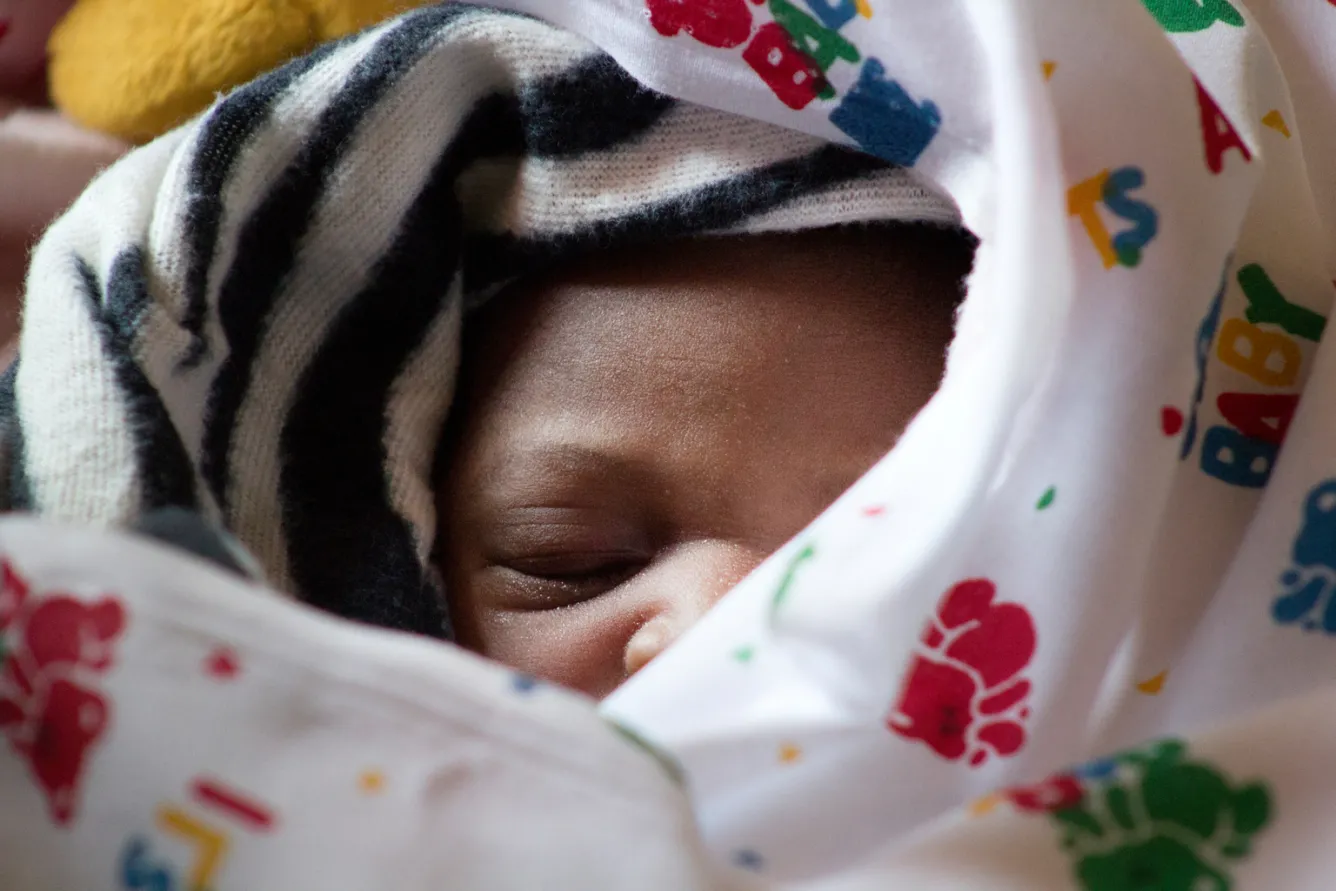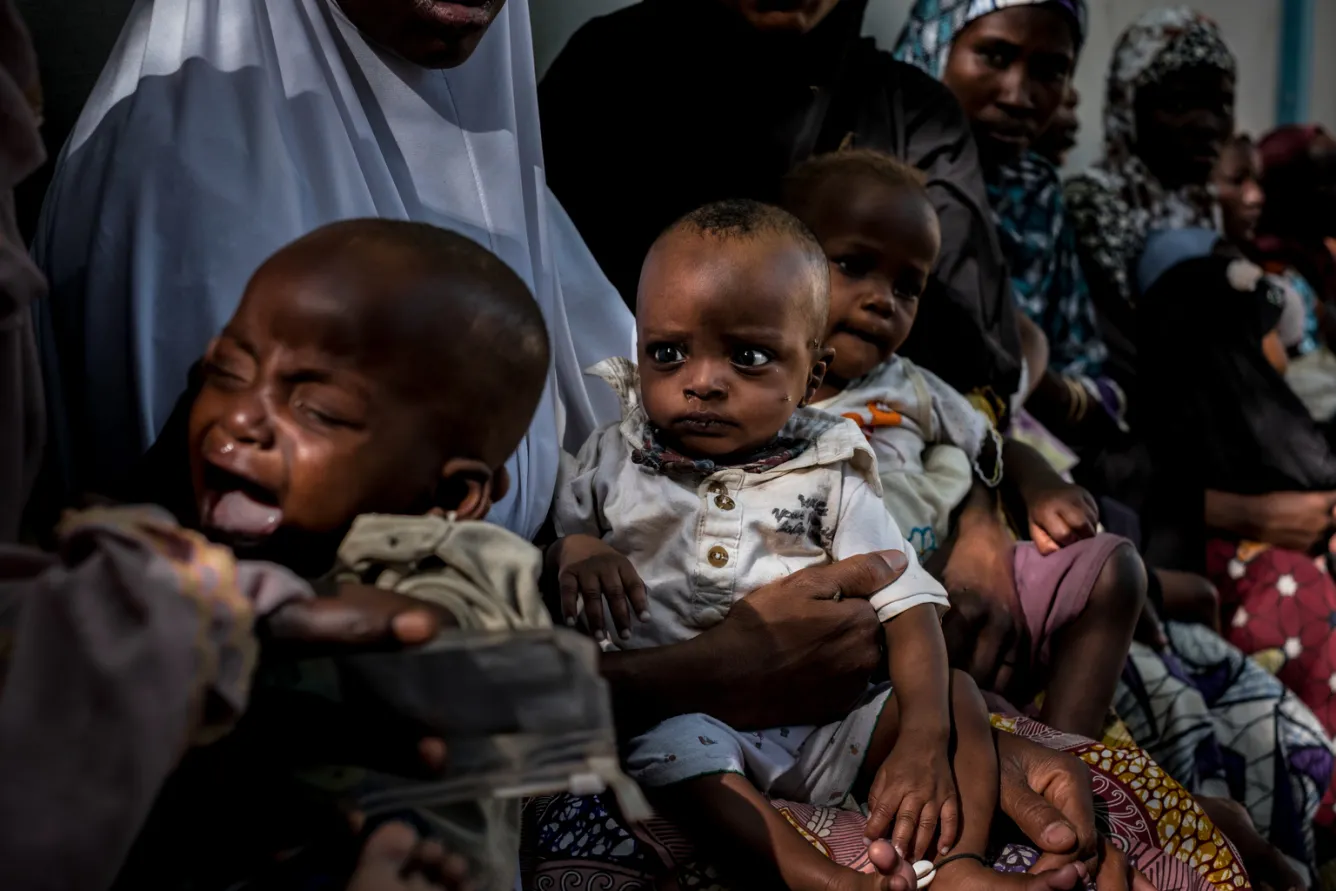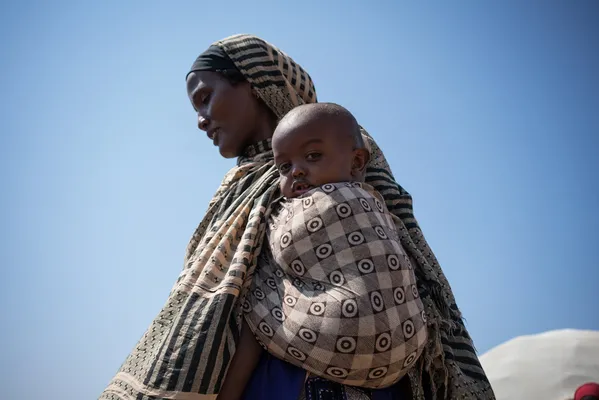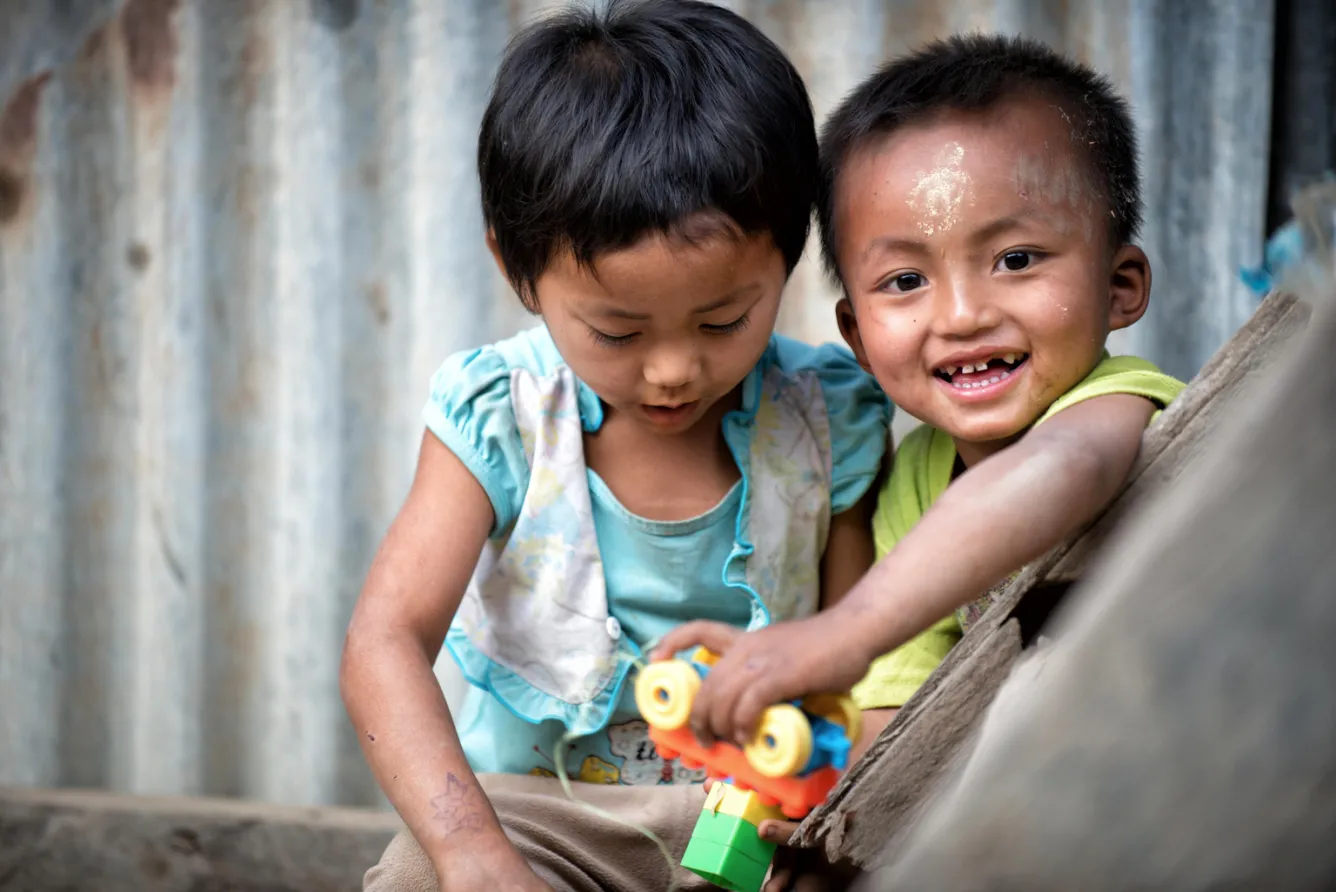Last year, 7,000 newborns died every day.
That’s just one of the many shocking facts revealed in a recent report by the United Nations Inter-Agency Group for Child Mortality Estimation about the likelihood of survival of newborn children around the world. Because of issues such as poverty, social inequality, and even geography, many children lose the chance to grow and thrive as people in their communities.
What may be the most shocking of all: many of these deaths are preventable. Read on to learn more—and to find out what can be done about it.





